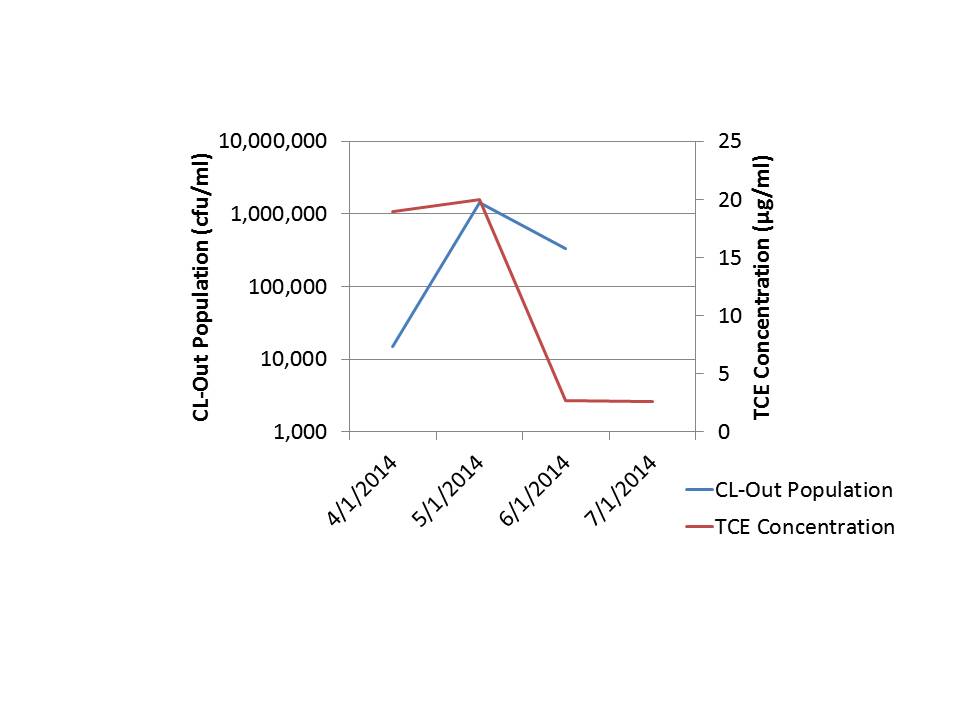Research on Aerobic Cometabolism of PCE
Aerobic cometabolism of PCE and other halogenated solvents by Pseudomonas sp. has been well established for more than 20 years. The following research articles were key in the development of this approach to bioremediation. This academic research provided parallel support to CL Solutions’ successful application of aerobic cometabolism to bioremediation of hundreds of contaminated sites since 1999.
Vandenbergh, P. A., and Kunka, B. S., Metabolism of Volatile Chlorinated Aliphatic Hydrocarbons by Pseudomonas fluorescens, Applied and Environmental Microbiology, v. 54, no. 10, Oct. 1988. p. 2578 – 2579.
Deckard, L. A., Willis, J. C., and Rivers, D. B. , Evidence for the Aerobic Degradation of Tetrachloroethylene by a Bacterial Isolate, Biotechnology Letters, v16, no. 11, November, 1994. p 1221-1224.
Ryoo, D., Shim, H., Canada, K., Barbieri, P., and Wood, T.K., Aerobic Degradation of Tetrachloroethylene by Toluene-O-xylene Monooxygenase of Pseudomonas stutzeri OX1, Nature Biotechnology, vol 18, July, 2000. p 775 – 778.
Shim, H., Ryoo, D., Barbieri, P, and Wood, T.K., Aerobic Degradation of Mixtures of Tetrachloroethylene, Trichloroethylene, Dichloroethylenes, and Vinyl Chloride by Toluene-O-Xylene Monooxygenase of Pseudomonas stutzeri OX1, Applied Microbiol Biotechnol, v. 56, May 2001. p 265-269.






